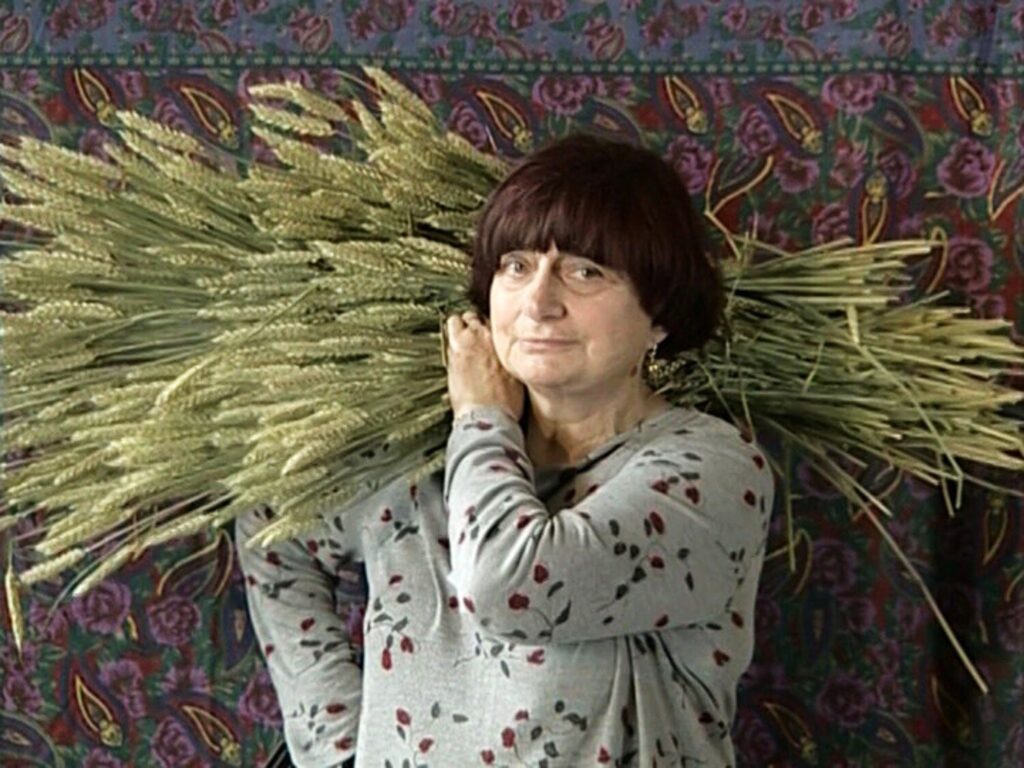Hearing the voices of people from different backgrounds and upbringings in a documentary is vital so that the viewer sees glimpses of the world from a perspective outside their own. Performative and participatory documentary are two sides of the same representative coin if people want to see the world from varying—yet personal—perspectives.
Performative mode finds its unique representative nature in the way the auteur speaks to the audience. This mode is the perfect chance to see their community through their lens. It is not a perfect example of the community, but it is a case study on an individual. An example of this is The Gleaners and I. We see her interacting with gleaners in her area, but this relationship is not the focus. What we are truly looking at is the value that the filmmaker, Agnès Varda, puts upon the local culture of gleaning. She partakes in it herself. We watch her fascination with heart shaped potatoes, the beauty she sees in the dance of the lens cap, her own cats, the streets she walks. We are let into the world most people don’t know about, let alone think to ask about. The audience can let themselves see the beauty of the gathering, the morals of the counterculture, and just how delightful the second pick can be. The average French person is not going to be represented in America in a way that would be true to them. This film and its performative, idiosyncratic nature, is a glimpse into how this one woman interacts with the world. This is her experience through her eyes. We would never have known it without her choosing to take us on the journey of learning and living that specific culture with her. Seeing that culture renews personal perspectives people have on the things around them. Understanding how someone else goes about picking up the scraps can make the audience ask why they’re not doing it too.


Participatory is less auteur centric. In performative it’s not always just one person talking, but in participatory, it couldn’t be participatory without more than one person talking. It wouldn’t be participatory without the auteur talking. The auteur isn’t just asking questions and interviewing, but they’re living a relationship and giving that very real input. Within Shermans March: A Meditation on the Possibility of Romantic Love in the South During an Era of Nuclear Weapons Proliferation, we see the work unintentionally lean into personal representation of a paranoid man’s love life in the culture he grew up in. This perspective also ranks on a list of things most people don’t ask about yet will gladly watch because it exists. Hearing the personal concerns of nuclear war and paring them with how they might play into him logically pick a woman makes the moments Ross McElwee gets drawn to a woman because of some illogical love and interest so much more interesting. This man isn’t just searching for love, he’s torn between that and the culture of a looming nuclear war. The audience looks in on many personal relationships. Still kept at a little distance, but much closer than some on the street interview. The audience gets to see how being raised in the south or within religious cultures changes a person. The audience gets to personally understand the social factors at play and the expectations of the individuals as well as those placed on the individuals. It makes the view question their own social expectations.

Viewing the perspective of underrepresented communities within these two modes requires the auteur. Both modes are about that personal relationship and the idea of letting someone into the world of the auteur. Representing the unique individual, whether in front of or behind the camera, is how people can begin to connect with them and recognize cultural discrepancies. These discrepancies are not bad, they’re the nature of the varied background and community. Hearing another perspective is the key to questioning our own and if it’s right by any measure.
